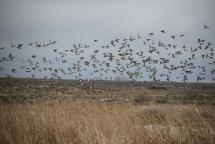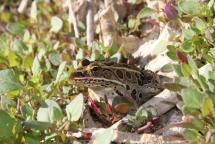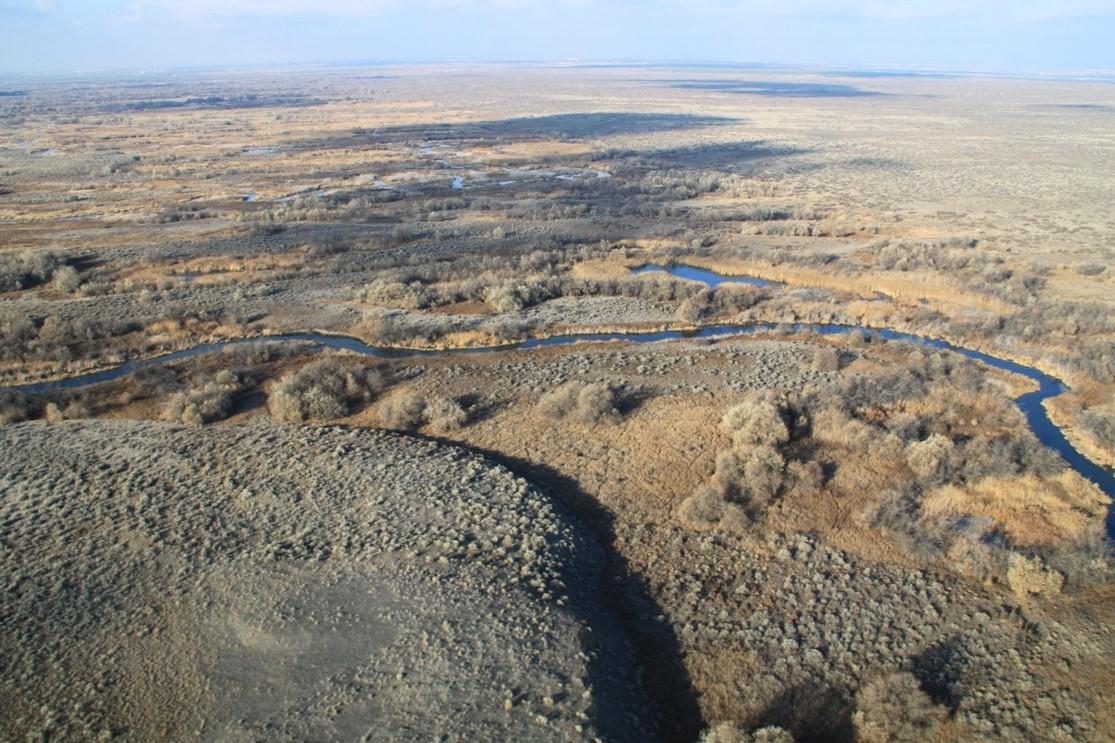Photos
Click to display full size or right-click to save to your device.
ARCHIVED NEWS RELEASE
This document is provided for archival purposes only. Archived documents do not reflect current WDFW regulations or policy and may contain factual inaccuracies.
News release
Patricia Jatczak, 360-489-4253
Chad Eidson, 509-765-6641
EPHRATA – The Washington Department of Fish and Wildlife (WDFW) is seeking public input on a draft management plan for the Columbia Basin Wildlife Area, which encompasses 191,729 acres in Adams and Grant counties. Although managed by WDFW, most of these lands are owned by the U.S. Bureau of Reclamation or other federal and state agencies. Public input on the draft plan is welcome through Nov. 17 at 5 p.m.
“This plan will guide management activities for the wildlife area, which provides important habitat for fish and wildlife as well as recreation opportunities for people,” said Patricia Jatczak, environmental planner for WDFW. “We greatly appreciate and value input from neighbors, partners, and wildlife area visitors to help inform how we manage public lands.”
The Columbia Basin Wildlife Area supports diverse wildlife, including shrubsteppe dependent species, such as burrowing owls, sagebrush lizards, Washington ground squirrels, and striped whipsnakes, as well as wetland dependent species such as migrating waterfowl, shorebirds, and Northern leopard frogs.

The wildlife area provides public access to thousands of acres for outdoor recreation, including fishing, hunting, boating and water sports, horseback riding, rock and ice climbing, biking, and wildlife viewing opportunities.
Periodically, WDFW goes through a process to revise management plans for each of its 33 wildlife areas to document current conditions, address new initiatives, and identify new management priorities and actions. In between those major revisions, WDFW updates plans every couple of years to outline short-term objectives and accomplishments. The last plan update for the Columbia Basin Wildlife Area occurred in 2017.
Jatczak said the draft management plan was developed with the help of the Columbia Basin Wildlife Area Advisory Committee, a diverse group of local partners and community members interested in conservation and outdoor recreation.

The draft management plan is undergoing a 30-day State Environmental Policy Act (SEPA) public comment period and is available on WDFW’s website under “Management Planning” at https://wdfw.wa.gov/places-to-go/wildlife-areas/columbia-basin-wildlife-area. A guide on how to review and comment on the plan is also available online.
The public can submit comments until 5 p.m. on Tuesday, Nov. 17 on WDFW’s website at wdfw.wa.gov/licenses/environmental/sepa/open-comments, by email (SEPADesk2@dfw.wa.gov), or by mail to Lisa Wood, SEPA/NEPA Coordinator, WDFW Habitat Program, Protection Division, P.O. Box 43200, Olympia, WA 98504.
All members of the public are invited to share their diverse perspectives and participate in WDFW’s public feedback opportunities regardless of race, color, sex, age, national origin, language proficiency, religion, sexual orientation, gender identity and/or expression, status as a veteran, or basis of disability.
WDFW manages more than a million acres of land and hundreds of water access areas throughout the state. By actively managing lands, restoring habitats, and preserving wild places, the Department serves as stewards for Washington’s natural places, protecting the state’s land and water for its human and wildlife populations.
